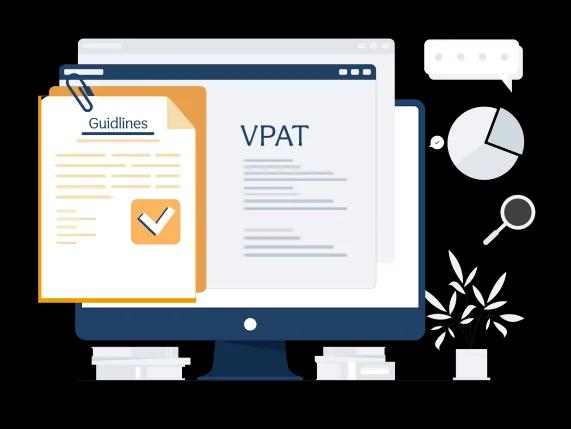Voluntary Product Accessibility Template (VPAT)

Importance Of VPAT
The importance of VPAT lies in its ability to help organizations and individuals make informed decisions about the accessibility of products they are considering for purchase or use. Here are a few reasons why VPAT is important:
VPAT helps assess the degree to which a product conforms to accessibility standards such as Section 508 or Web Content Accessibility Guidelines (WCAG). It outlines the product's features, functionalities, and limitations related to accessibility, allowing buyers to evaluate its compliance with relevant regulations and guidelines.
VPAT enables potential buyers or users to compare the accessibility of different products. By providing a standardized format for reporting accessibility information, it allows for better evaluation and comparison of accessibility features across different products or vendors.
For organizations aiming to ensure accessibility within their IT infrastructure, VPATs serve as valuable resources. They provide a clear understanding of the accessibility features and limitations of a product, aiding in the planning and implementation of accessible technology solutions.
VPATs are particularly important in the public sector, where compliance with accessibility regulations and guidelines is often required by law. Government agencies and organizations are required to consider accessibility when procuring products and services, and VPATs help them evaluate the accessibility of potential offerings.
VPAT promotes transparency by providing a standardized, structured, and documented assessment of a product's accessibility. Vendors can use VPATs to communicate their commitment to accessibility and allow customers to hold them accountable for the accessibility claims they make.

Overall, VPATs play a crucial role in promoting accessibility, enabling informed decision-making, and ensuring compliance with accessibility standards and regulations. They facilitate the consideration of accessibility as an integral factor in the procurement and use of technology products, benefiting both vendors and customers alike.